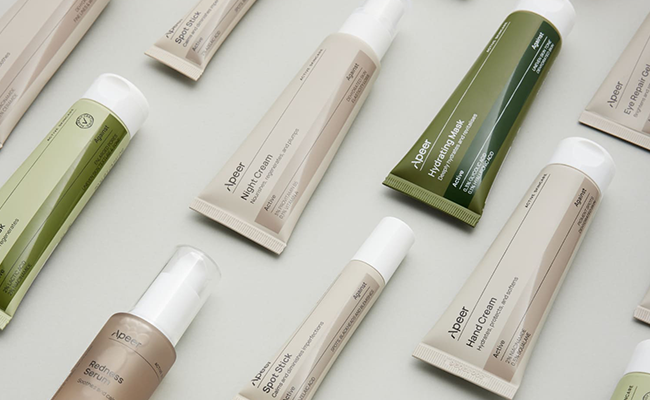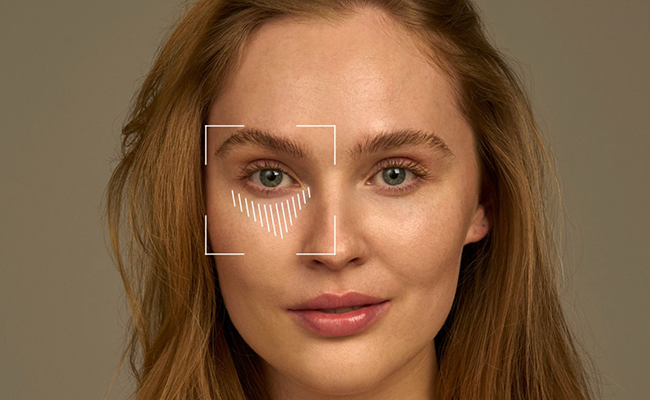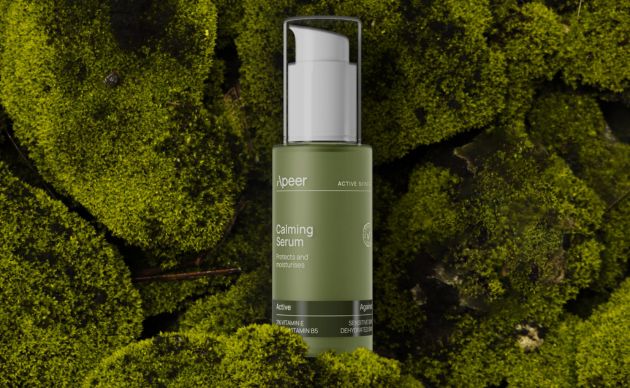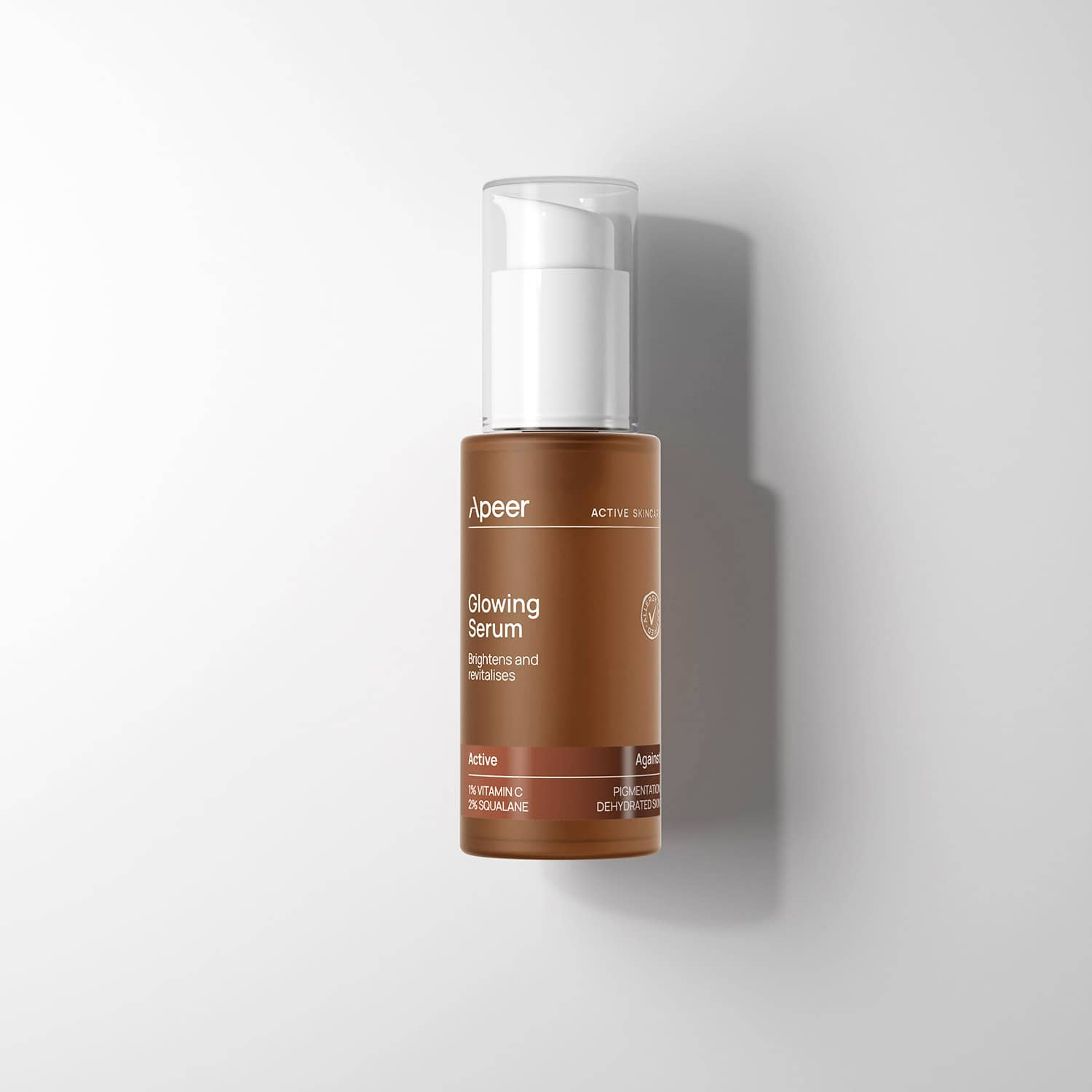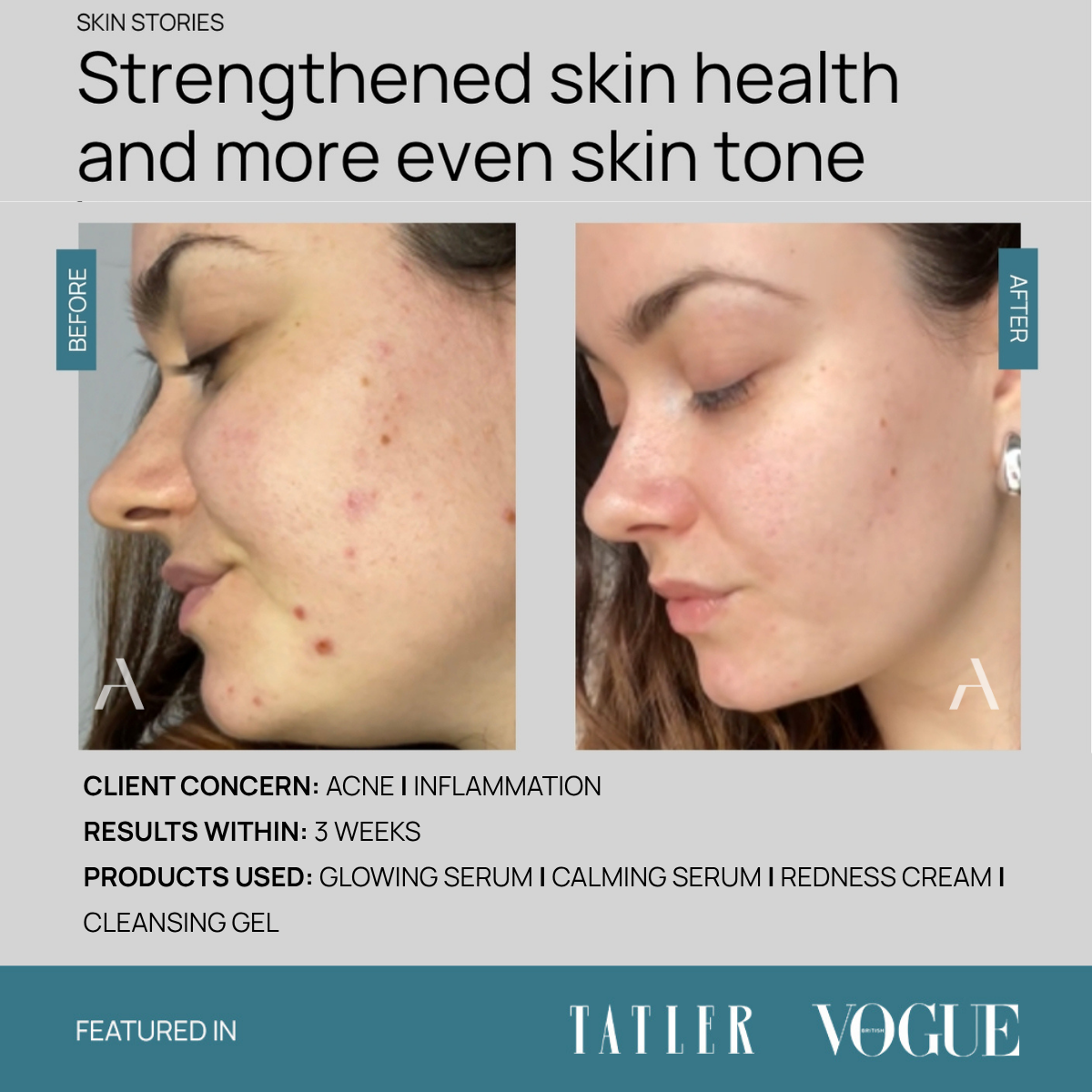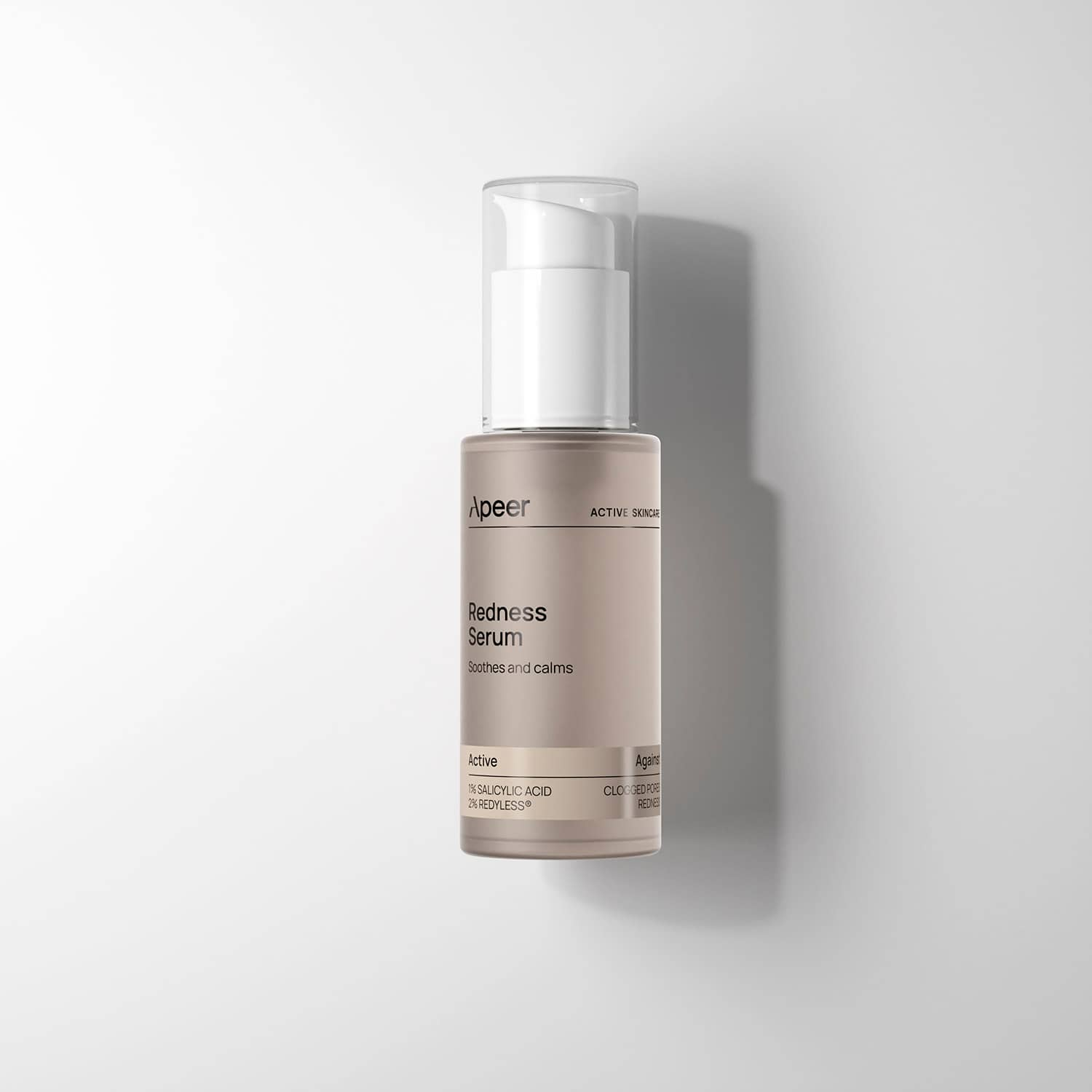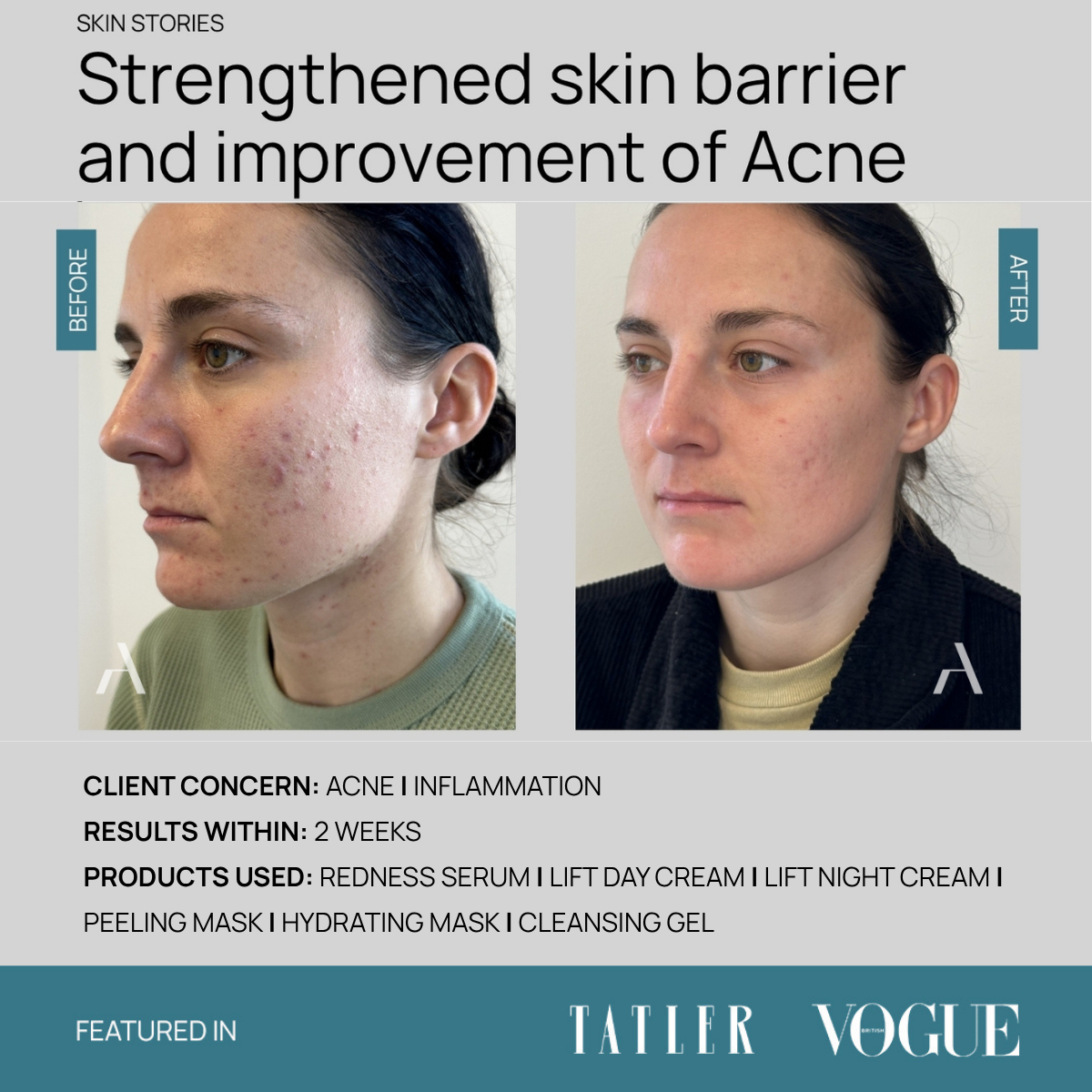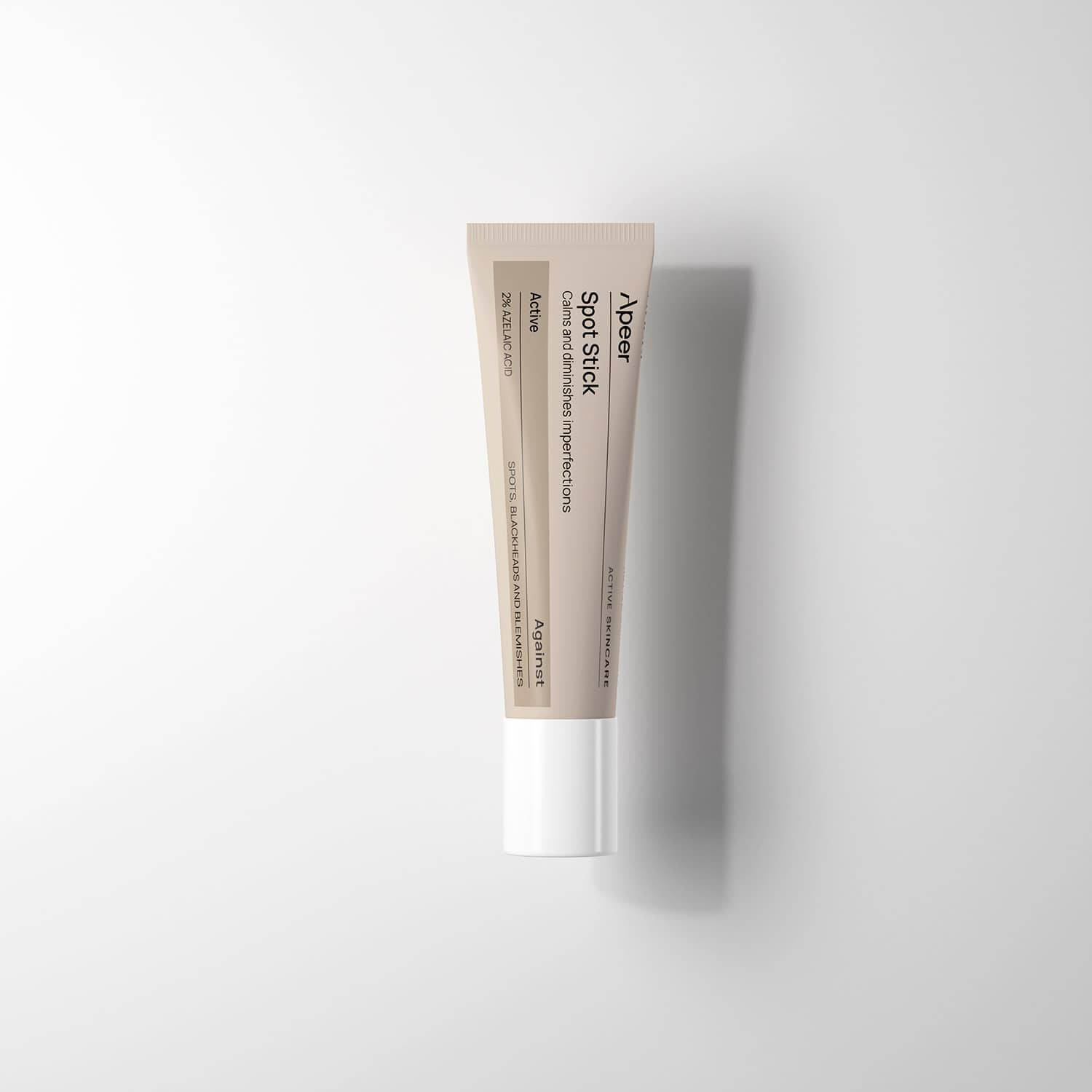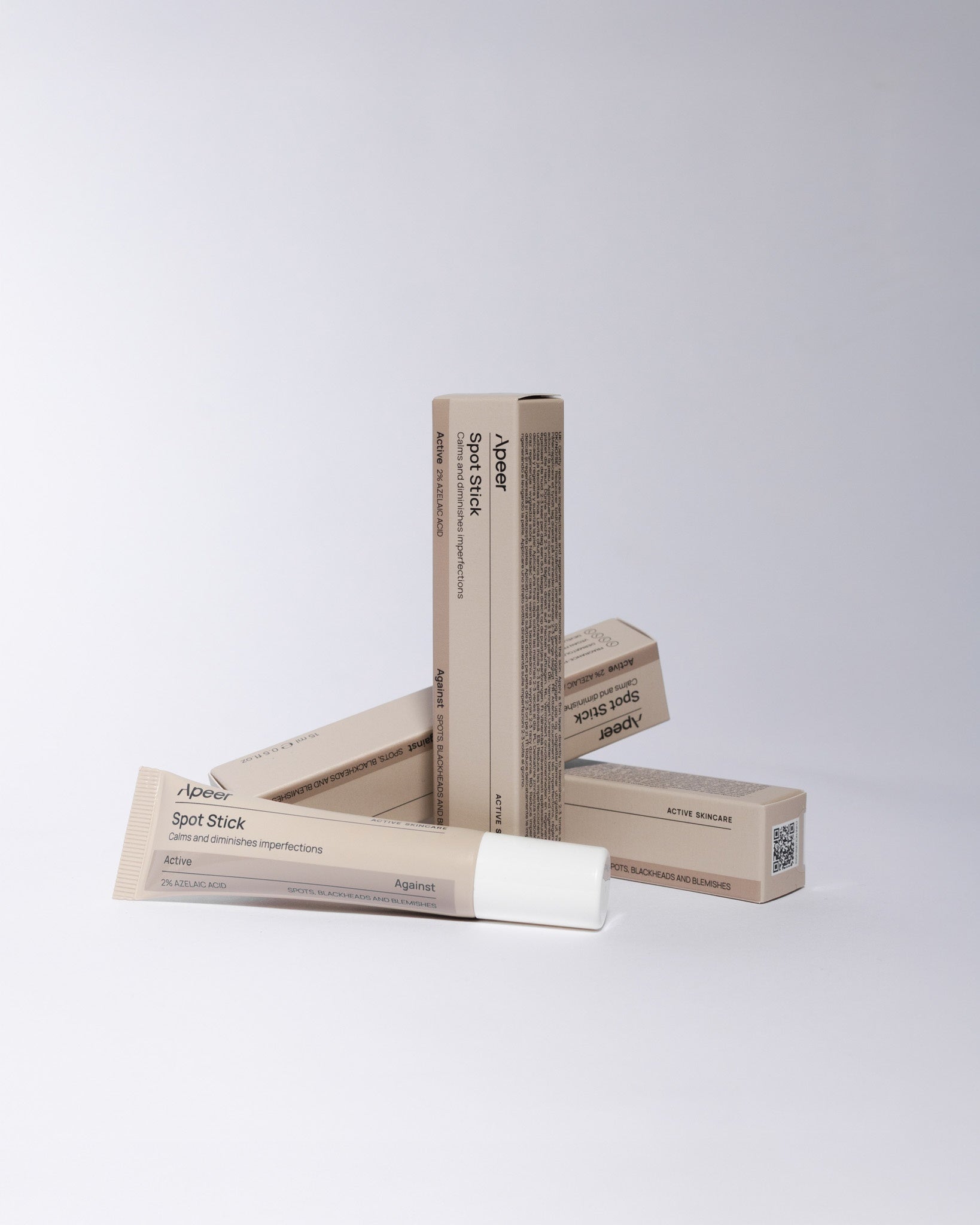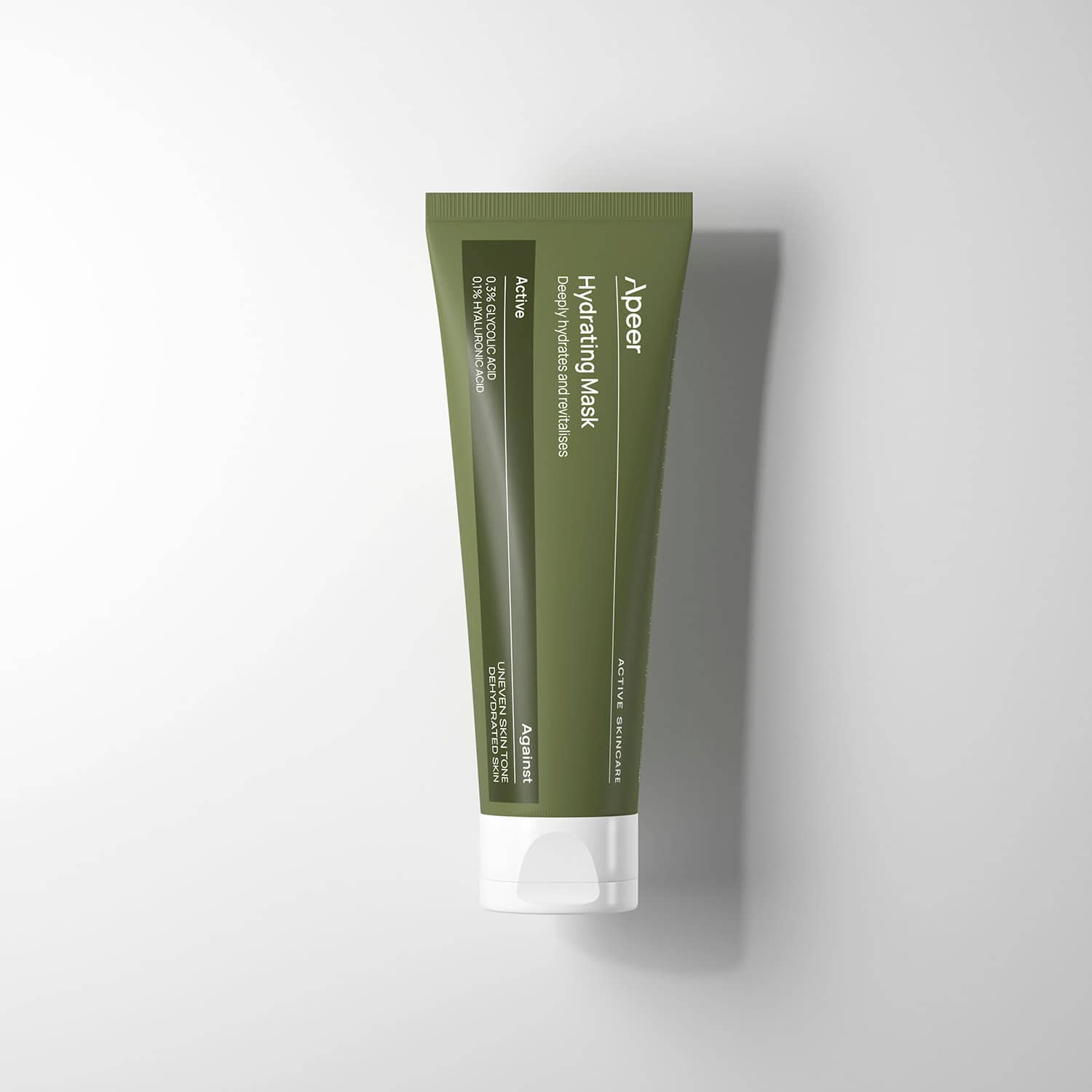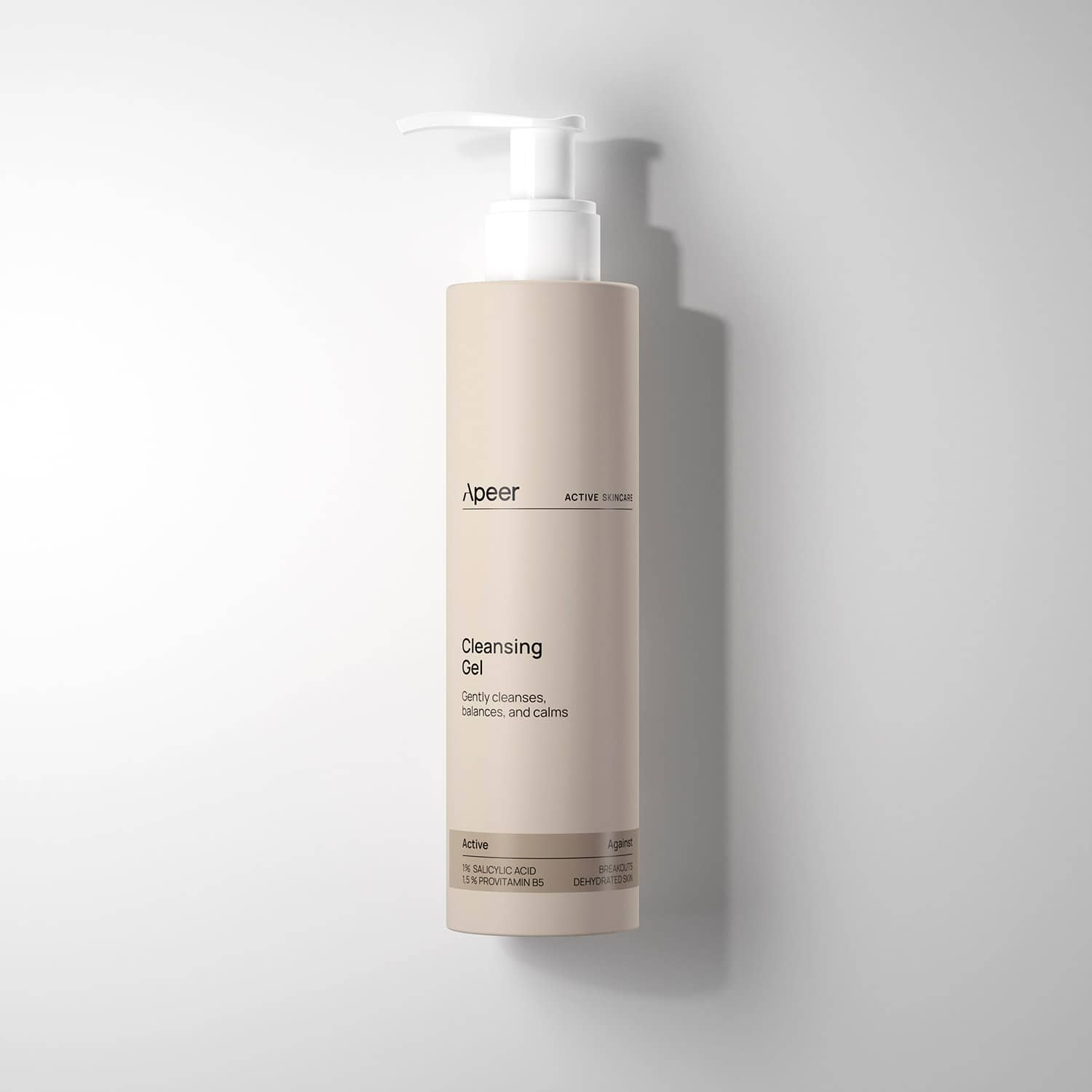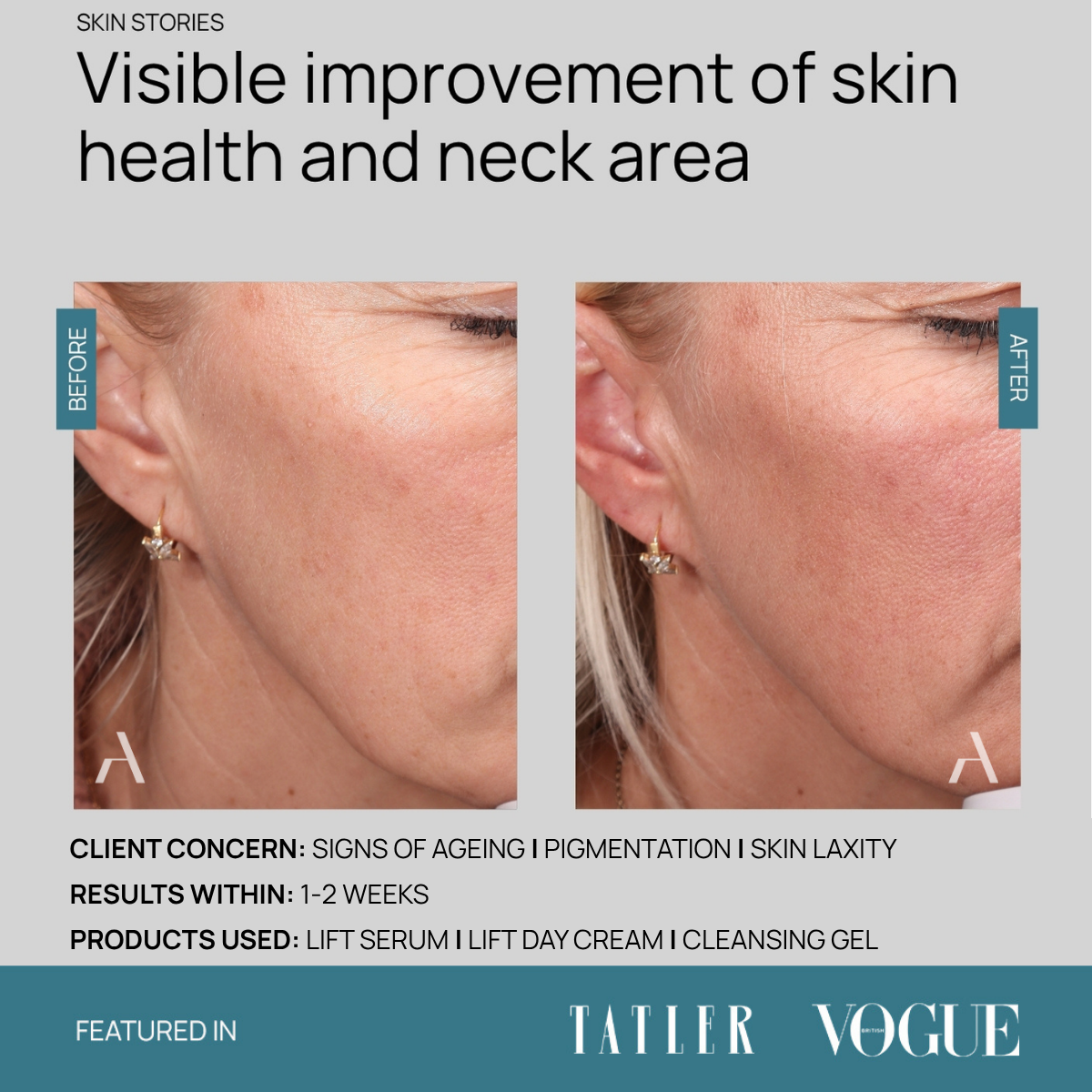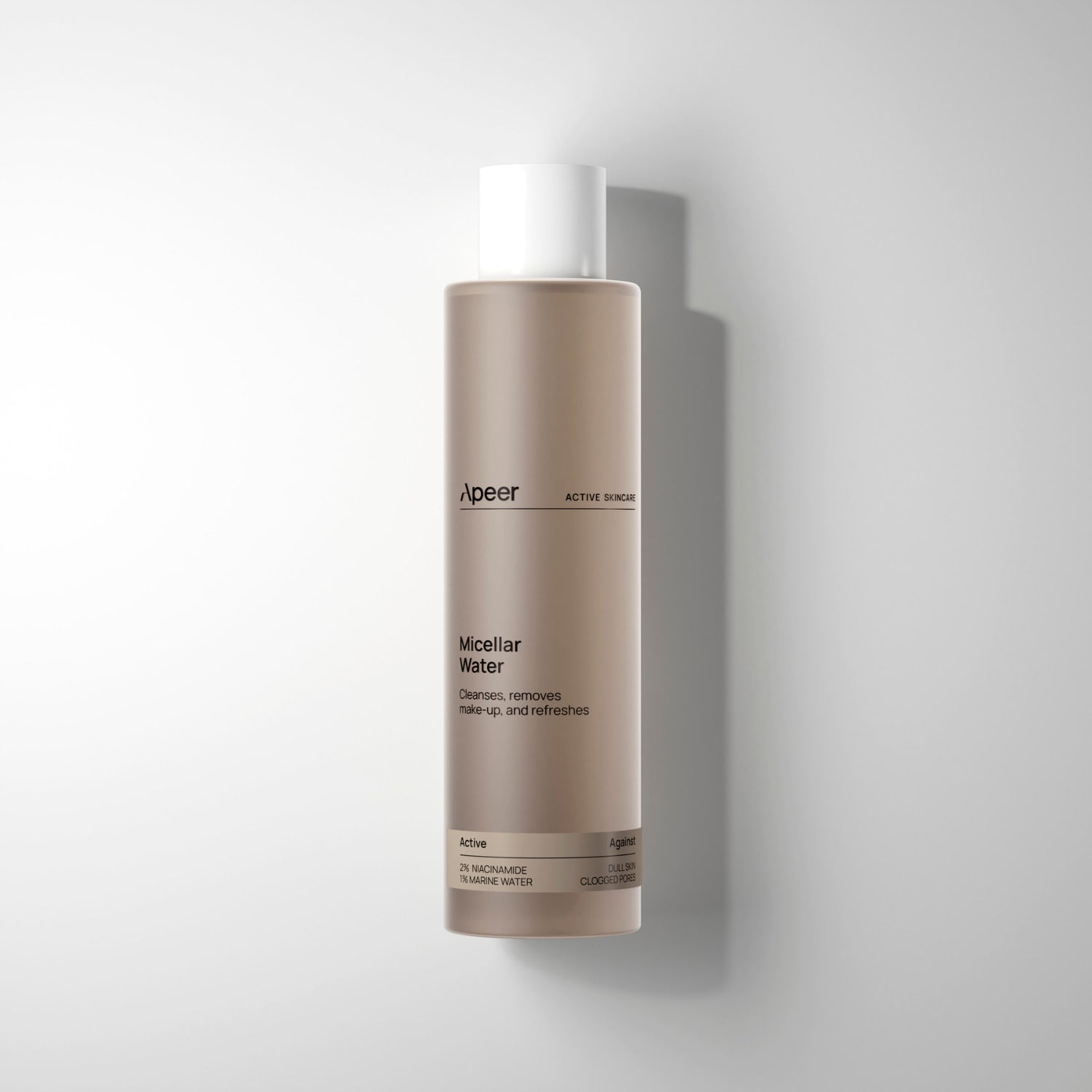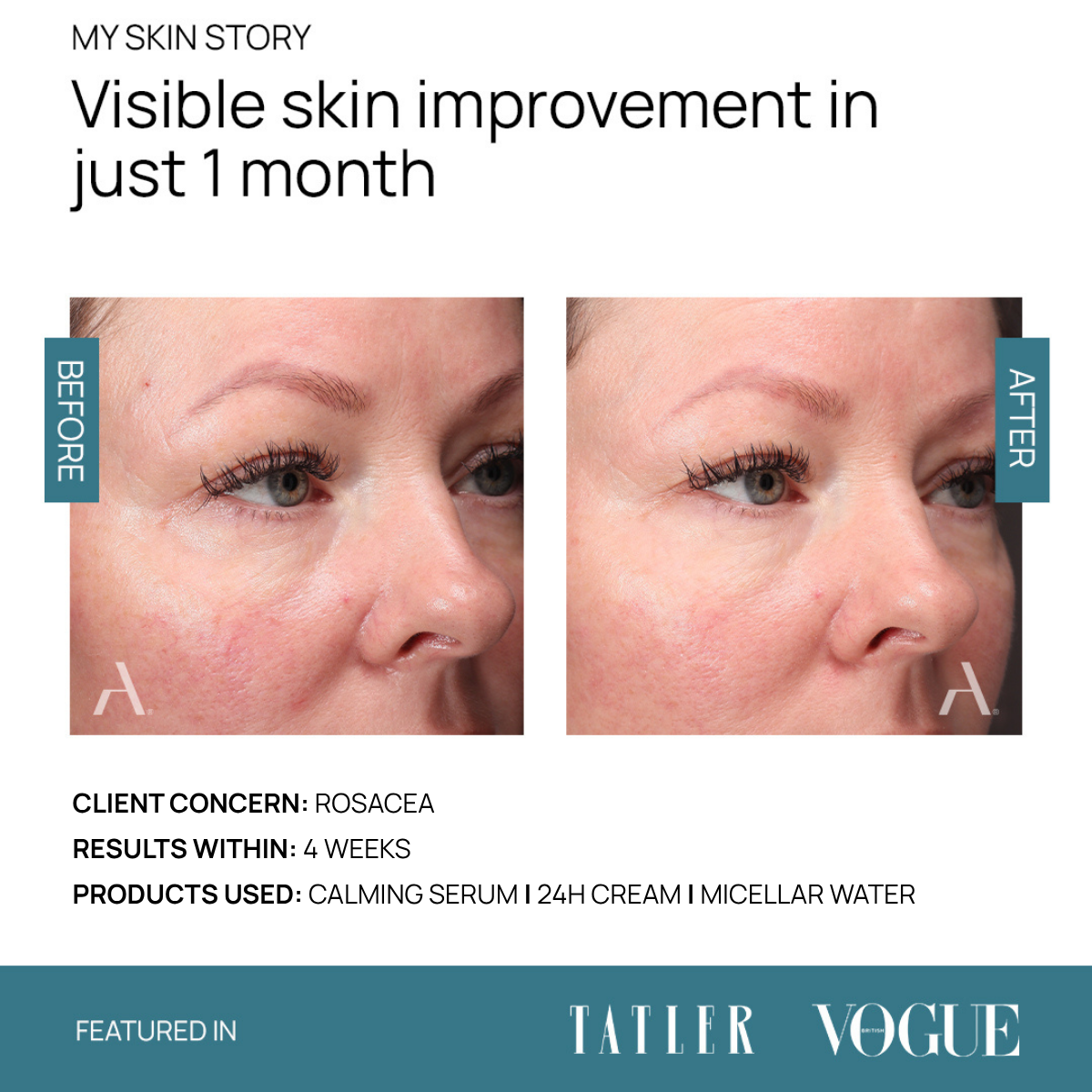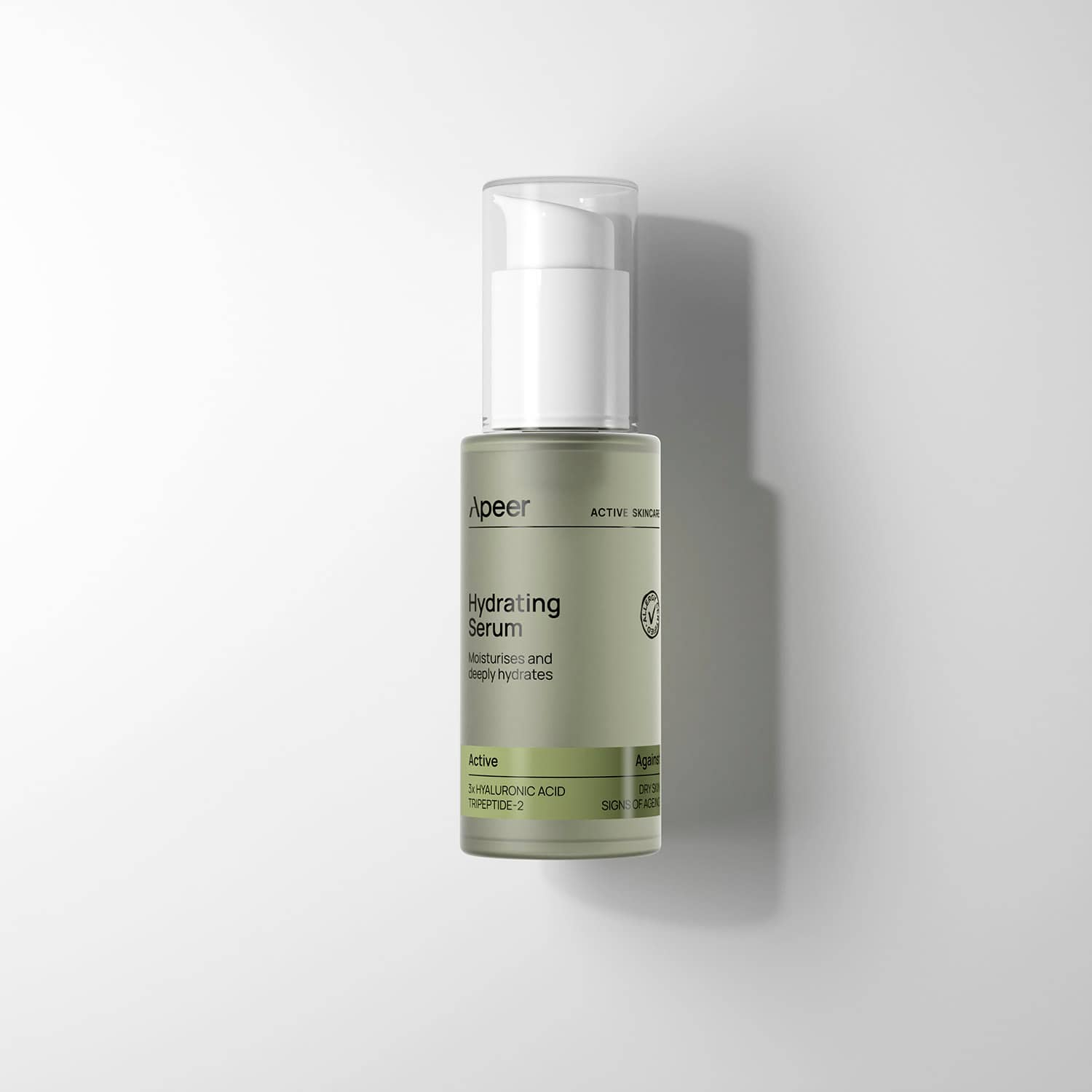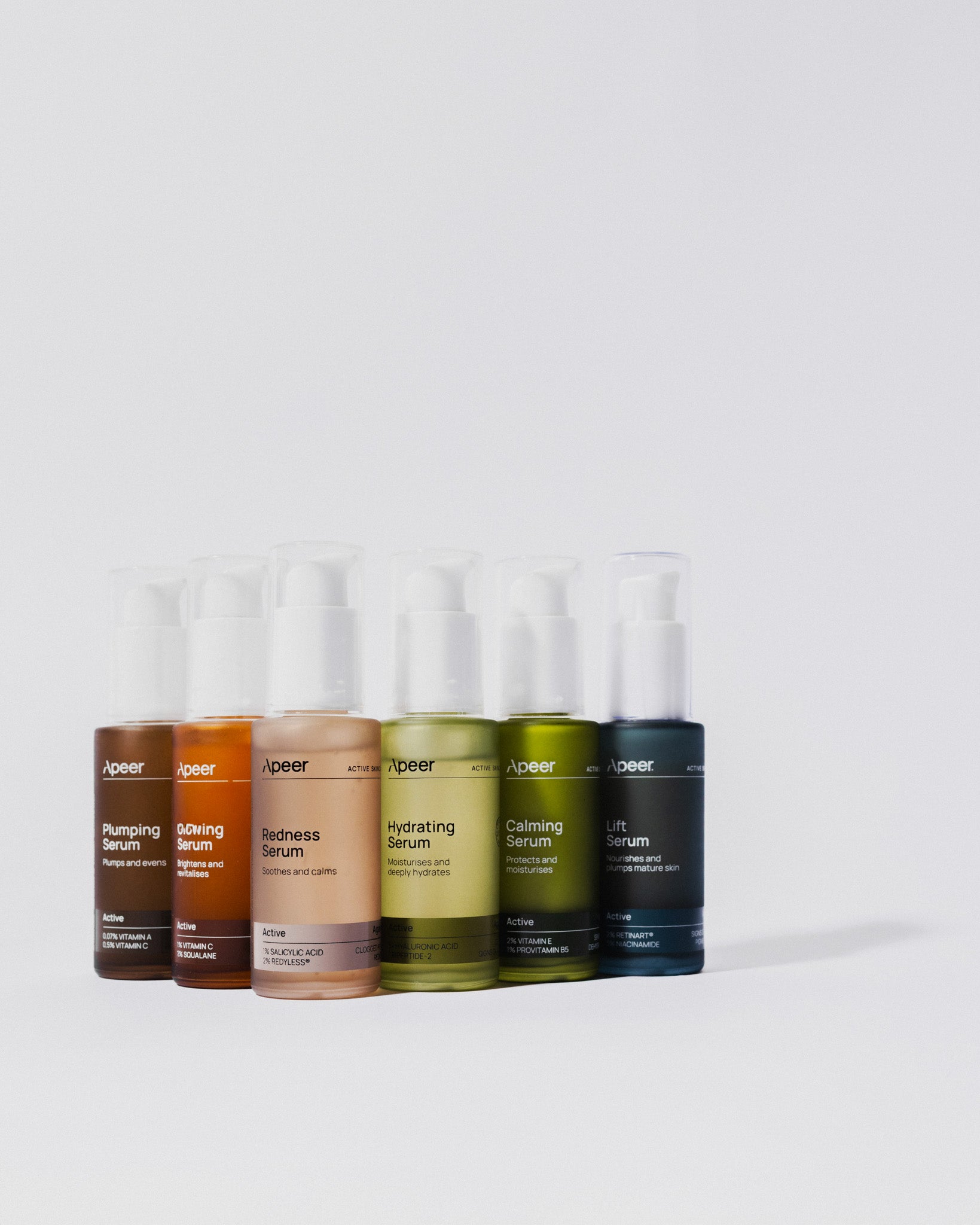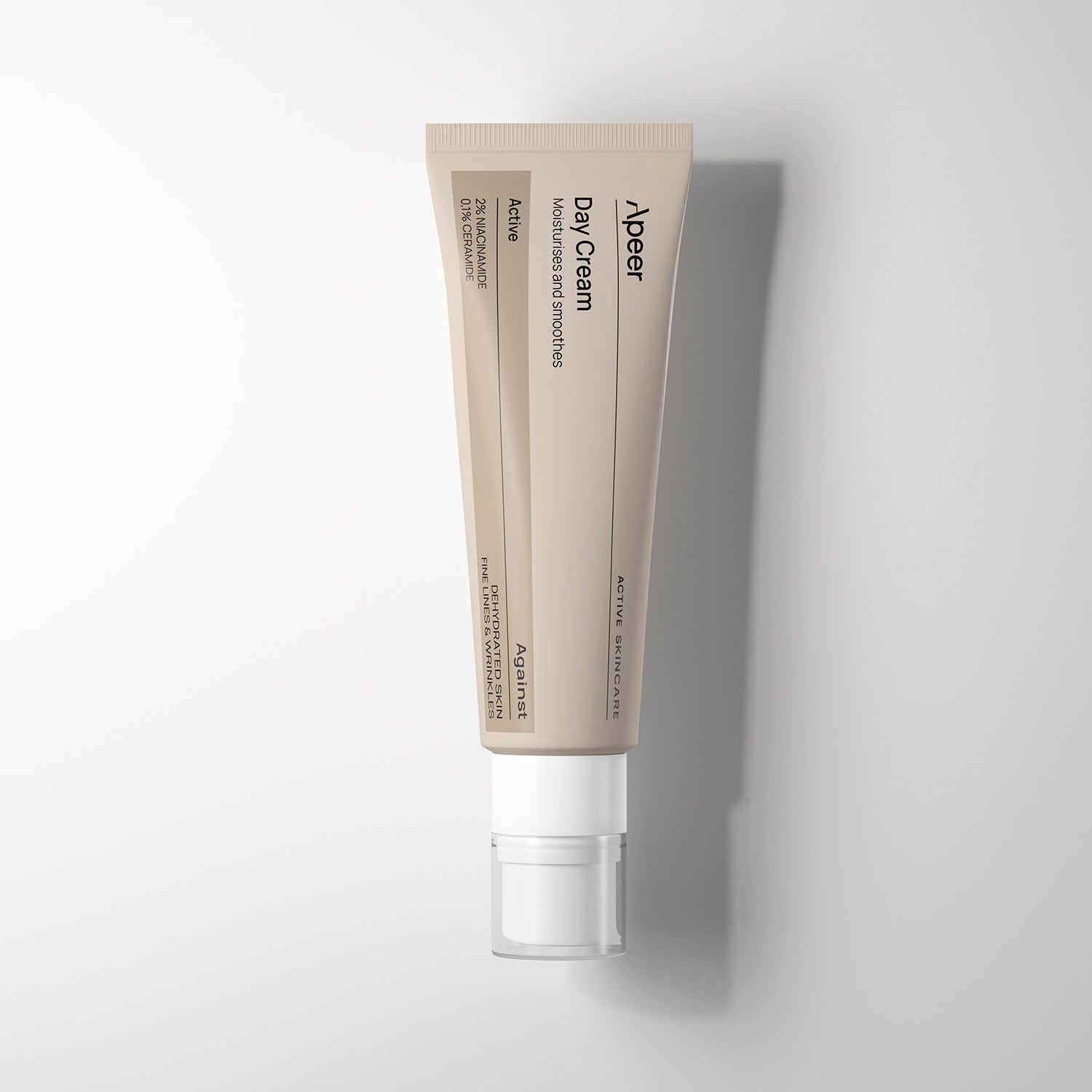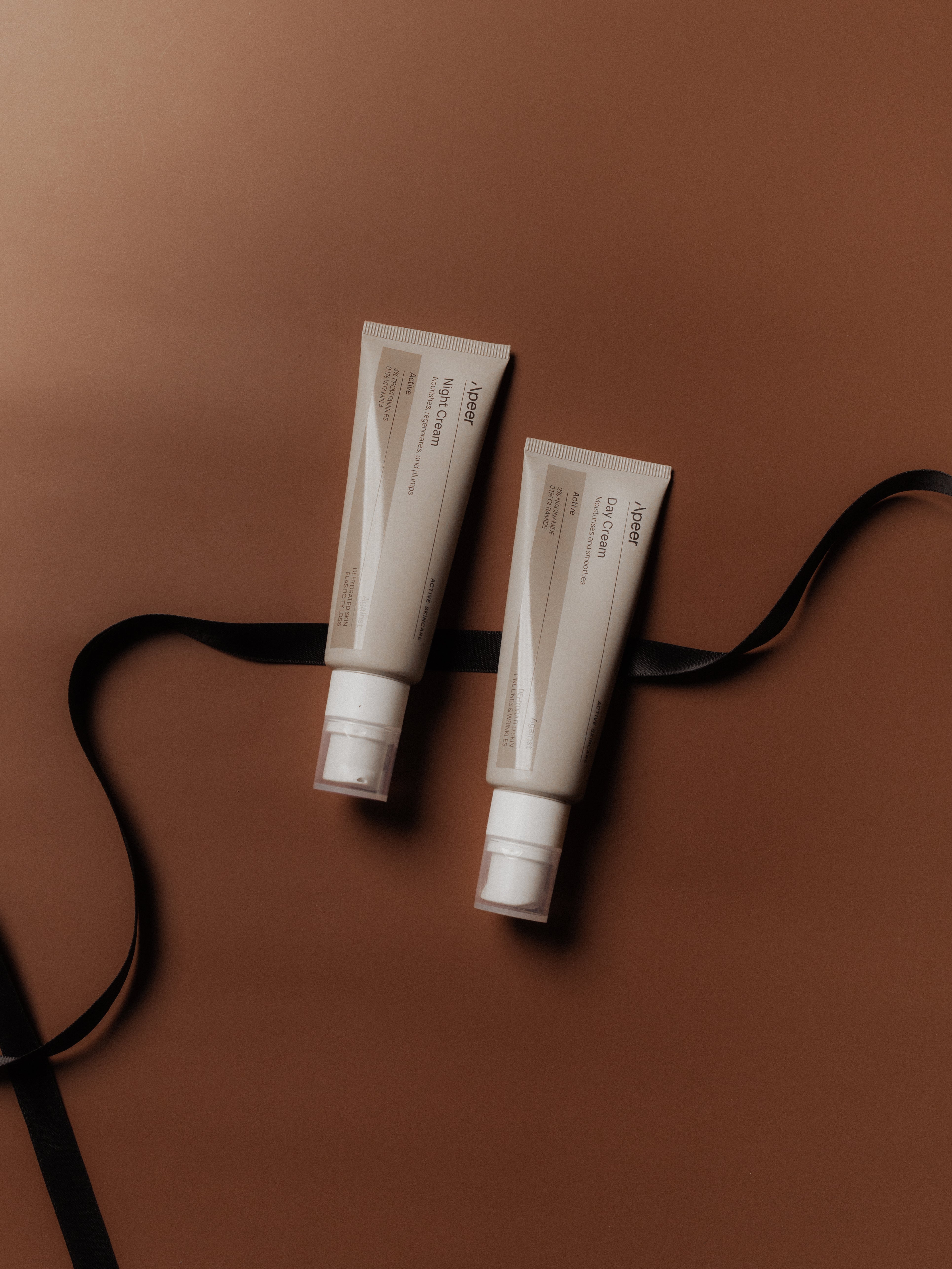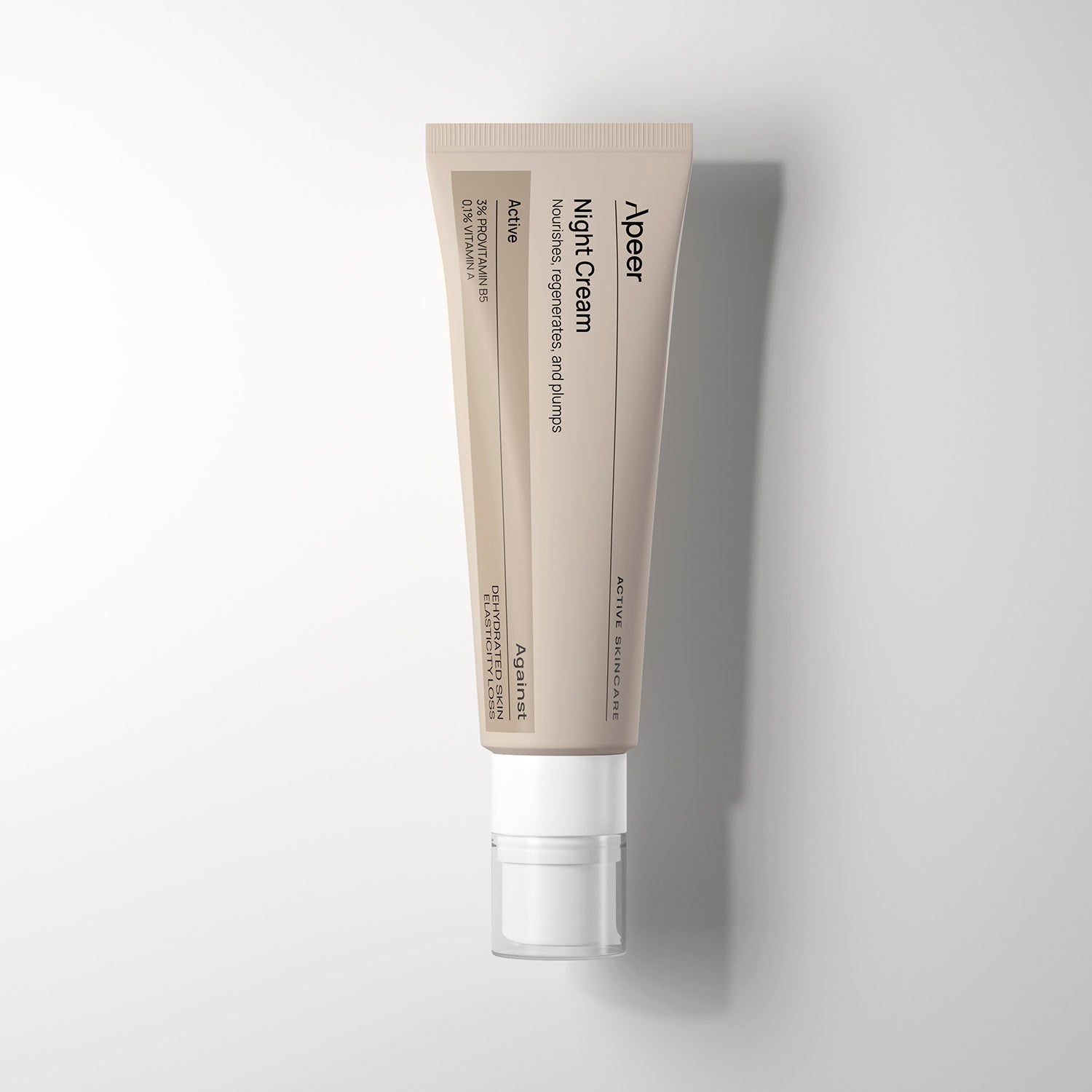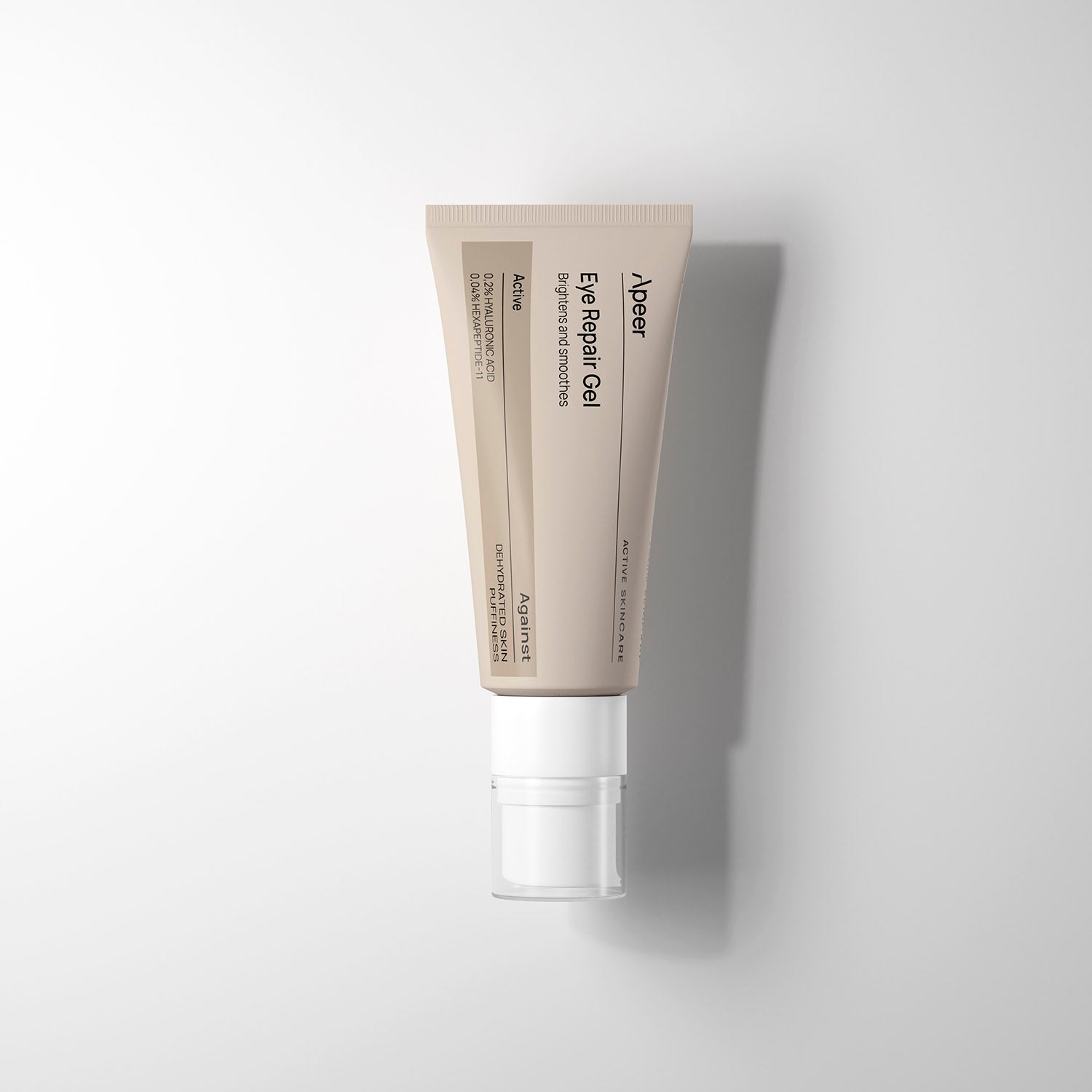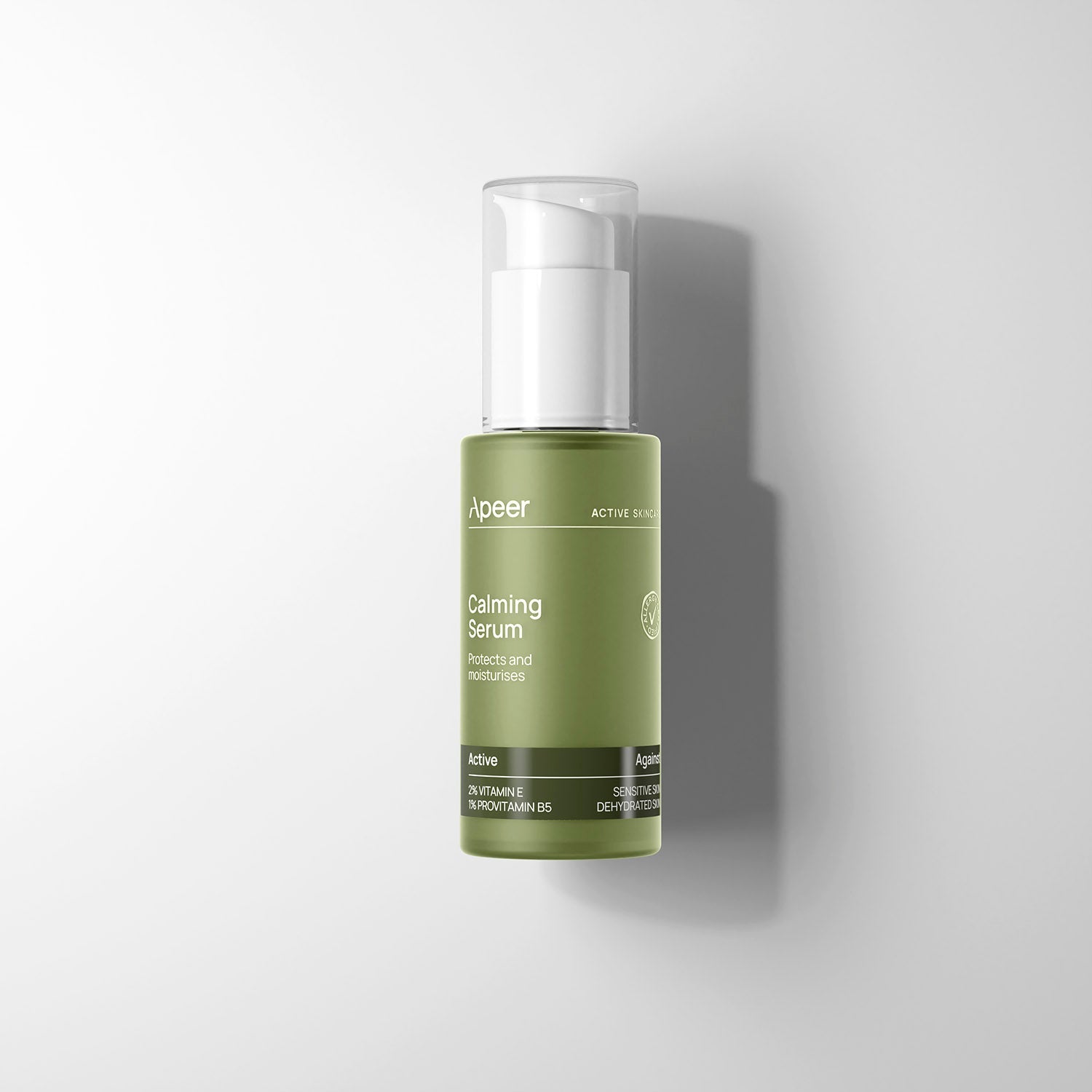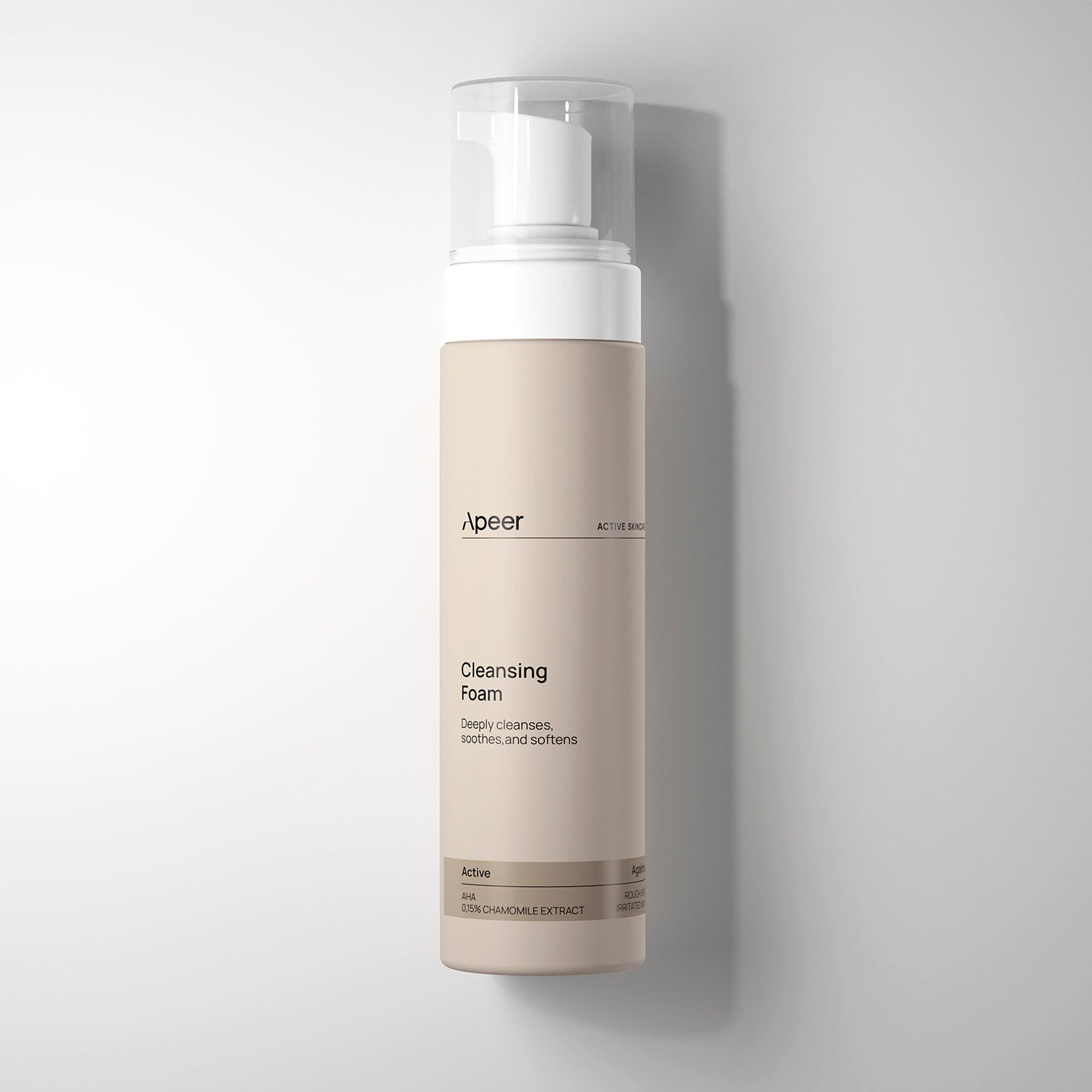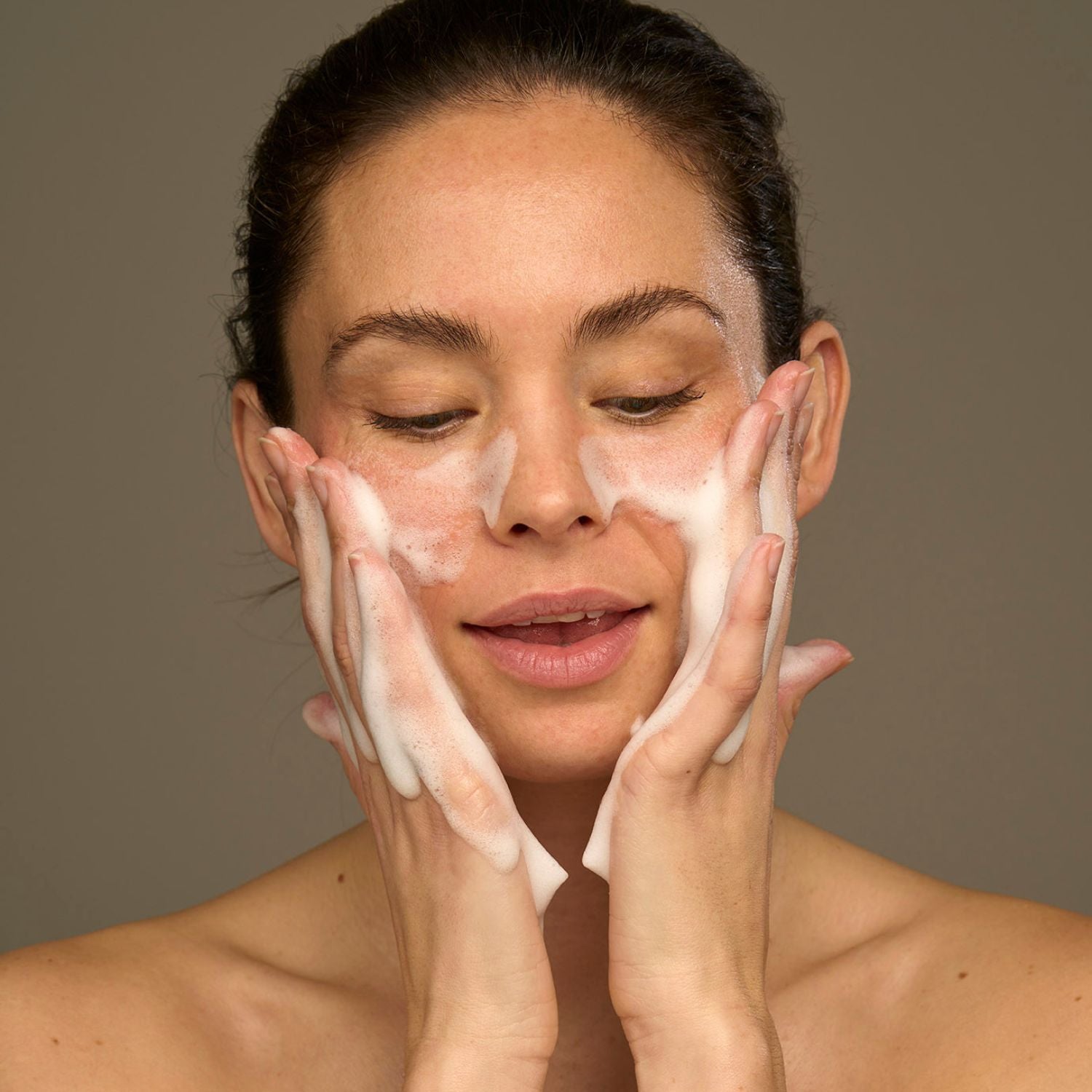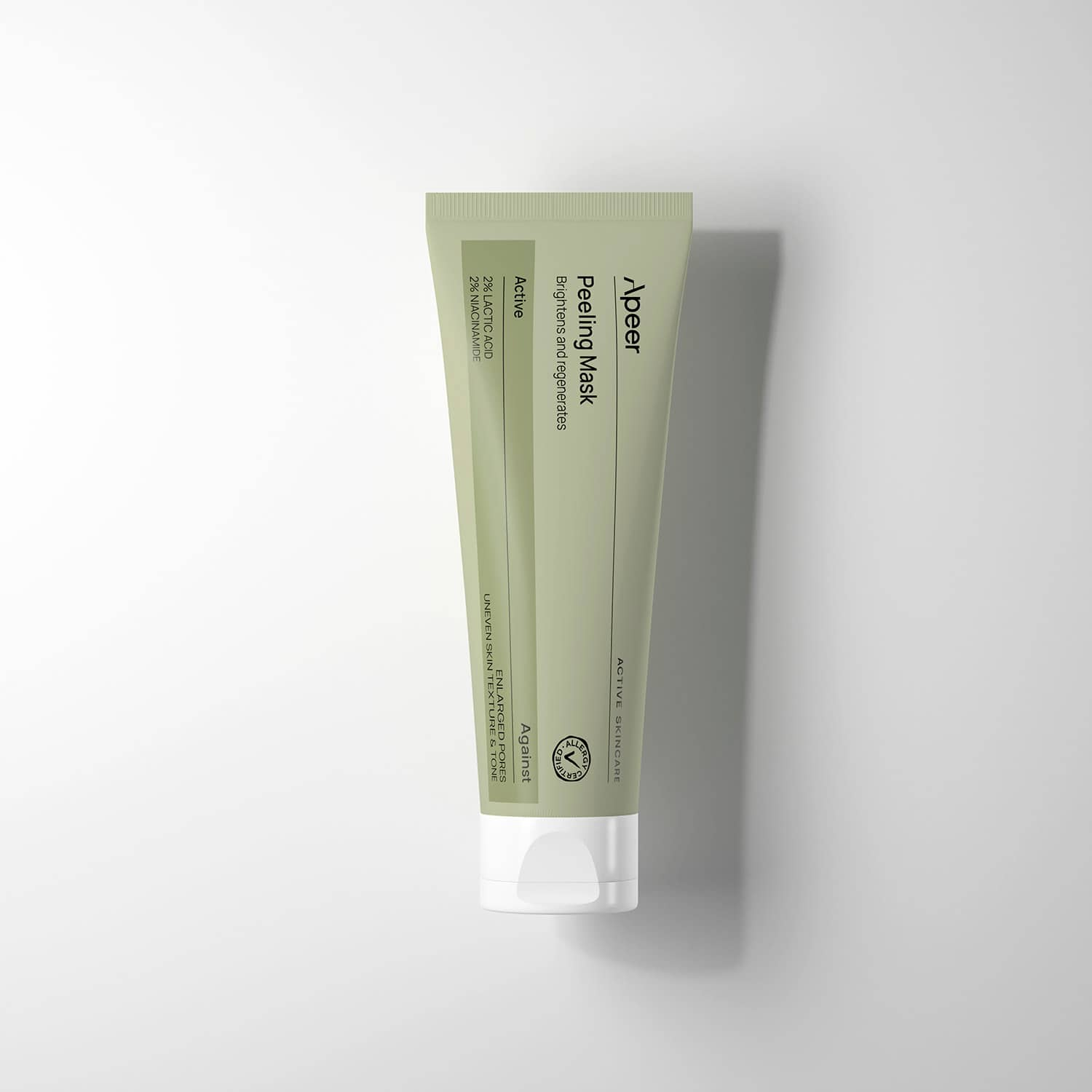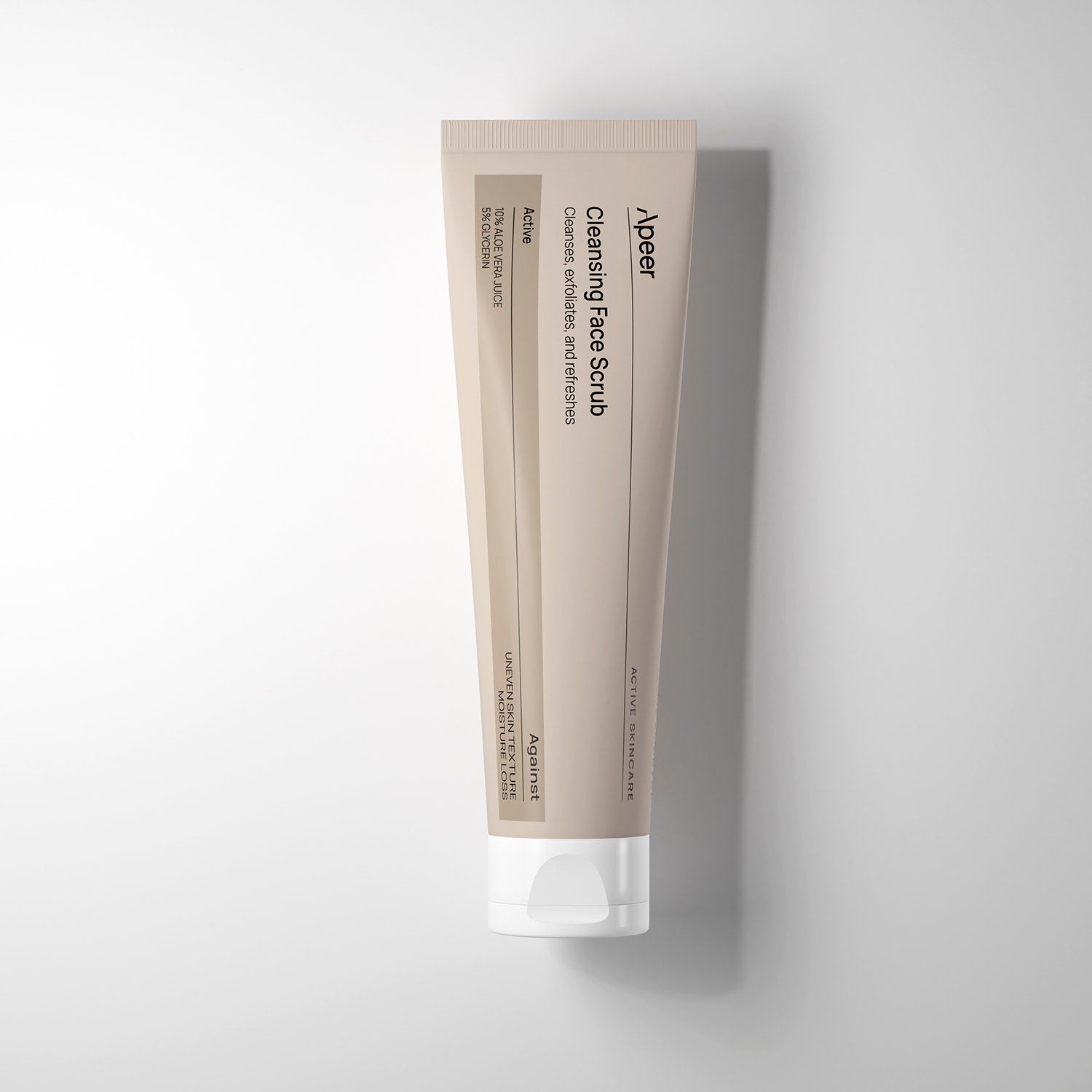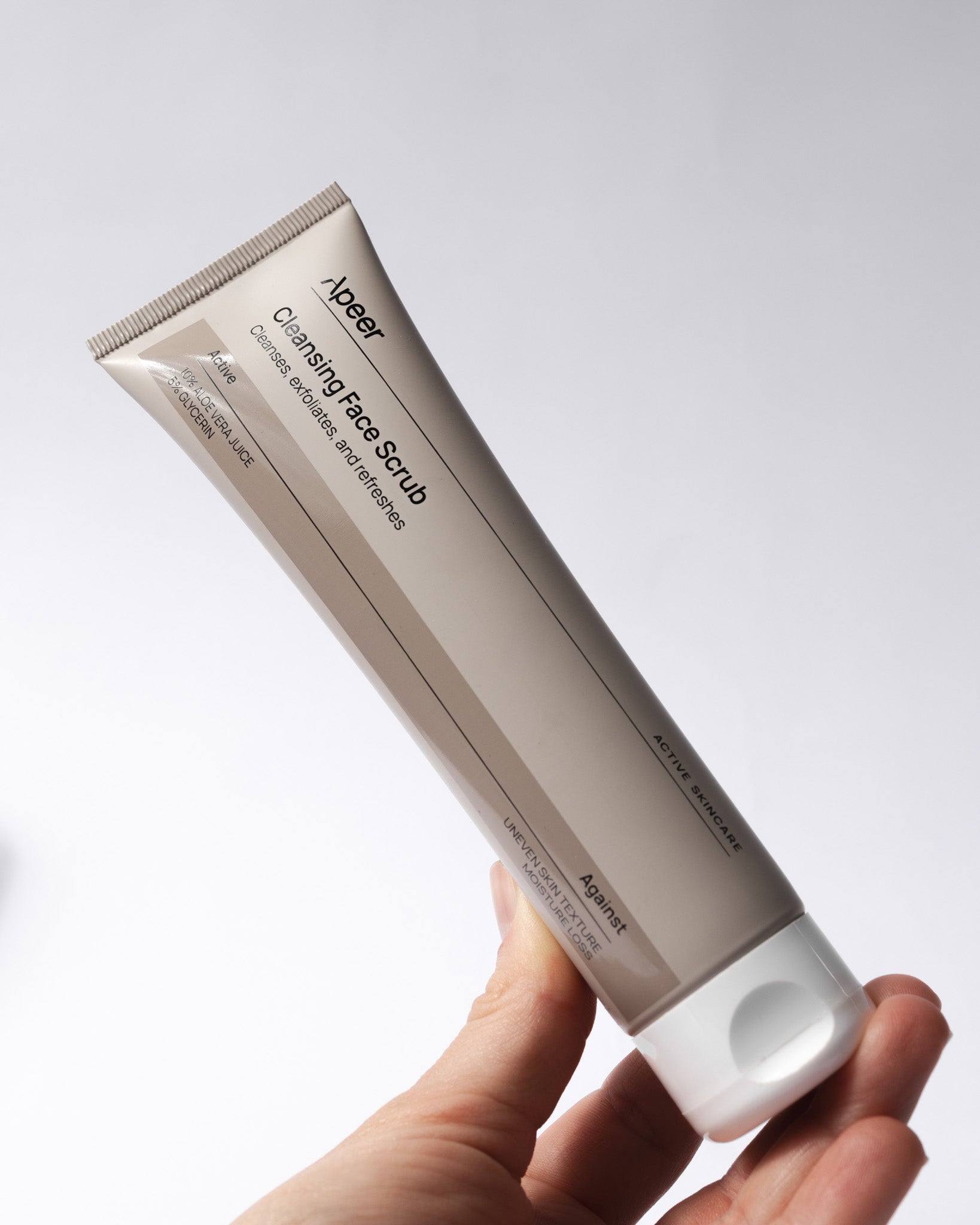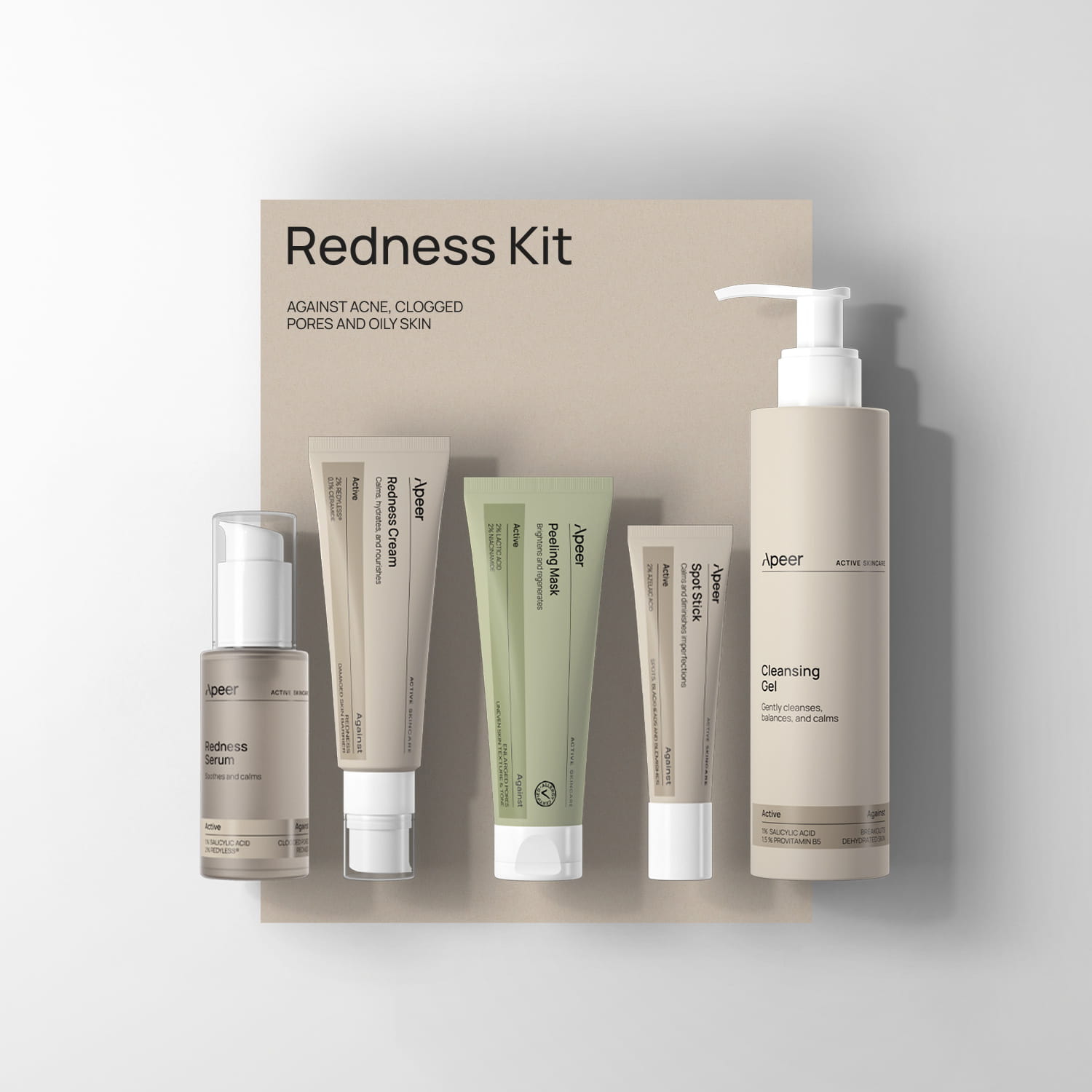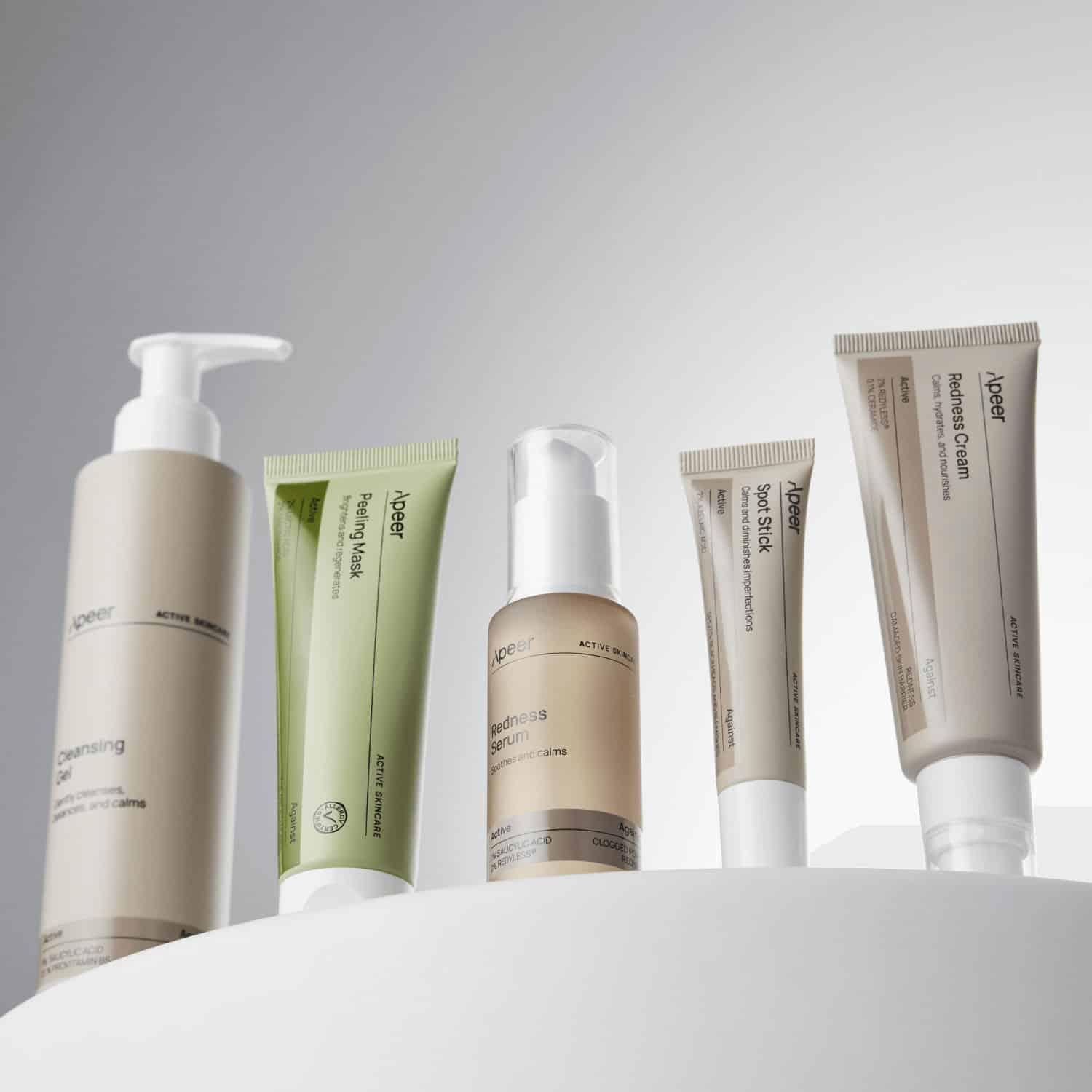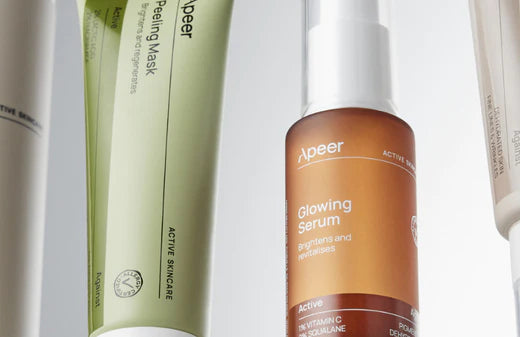Carefully designed skincare for combination skin
We know skin, and we know that every skin is unique. Combination skin is a mix of two skin types. As if one skin type wasn’t enough to care for, you are blessed with two. There are no one-size-fits-all or overnight wonders when it comes to taking care of your skin. We have made it our goal to guide you through the overwhelming amount of skin care starting with getting to know your skin type.
Active
Against
Glycolic Acid
Uneven skin tone
Hyaluronic Acid
Dehydrated skin

4 Characteristics of Combination Skin
01. T-zone
In your face, the T-zone describes the three areas: chin, nose, and forehead. If you have combination skin, the T-zone will be oilier than the rest of your facial skin. It will be completely common for you to experience having a shiny T-zone due to the overproduction of sebum in the zone. In contrast to the oily areas, the other areas of your face will often be dry.
4 Characteristics of Combination Skin
02. Dry/Oily
Normally, combination skin describes a mix of dry and oily skin. If you experience this type of combination skin, the dry areas of your face typically tend to be very dry, flakey, and dull-looking around the cheeks, hairline, and eye area.
4 Characteristics of Combination Skin
03. Normal/Oily
Instead of dry and oily skin, combination skin can also be normal on the other areas of the face and oily in the T-zone.
4 Characteristics of Combination Skin
04. Enlarged pores
Due to the overproduction of sebum, enlarged and clogged pores are common to experience when you have combination skin. Enlarged pores tend to be visible on the nose as the area is more prone to clogged pores and blackheads.
FAQ - Combination skin
Your skin type is influenced by genetics, which is one of the main factors determining your skin type. Hormones, stress, and environmental factors also influence your skin type. Usually, seasonal changes will affect your skin as well. Your skin will feel less oily in the winter as the cold will naturally strip the skin from its natural oils, whereas in the summer, your oily t-zone will show again.
Understandably, it is different figuring out how to treat combination skin as you must care for not just one skin type, but you’ll have to find the balance between treating two different skin types. First, it is important that you care for both types with a skin care routine that includes products addressing both needs. Even though this next piece of advice might sound silly, avoiding touching your face is also a great way to ensure bacteria won’t transfer from your hands to your face leading to clogged pores.
It is important you use a gentle facial cleanser that will not strip your face from its natural oils or is too harsh on the dry patches of the facial skin. Choose a cleanser that makes sure your face is cleansed properly. We recommend our Cleansing Gel with Salicylic Acid in order to exfoliate the skin for a soft and smooth feel. Amongst hydrating products, we suggest our Hydrating Serum, which is based on an oil-free formulation, ensuring no clogged pores. Also, a lightweight cream with hydrating properties is preferable for combination skin.
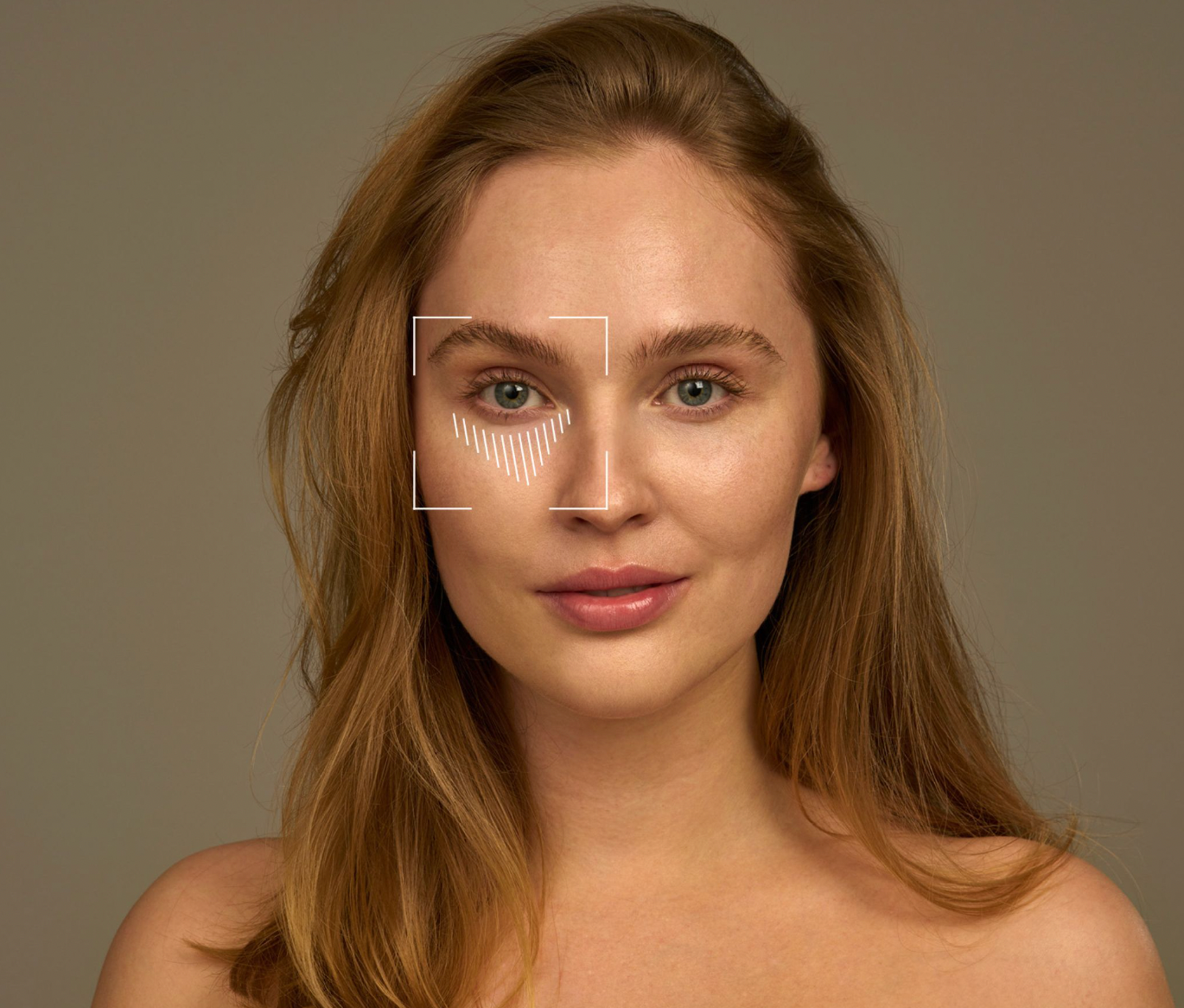

WE KNOW SKIN
Start AI-skin analysis
Knowing your skin is the baseline for all skin care advice following. Get to know your skin.
Active science
Each formula uses the best from green chemistry and uses a fusion of super actives and superfood ingredients.
Combination skin
Combination skin combines different skin types in different areas of the face. Typically, the forehead, nose, and chin may be more oily (known as the T-zone), while the cheeks and eye area may be more normal or dry. Taking care of combination skin requires a balanced approach with products that can address both oil production and moisture needs in different areas.

